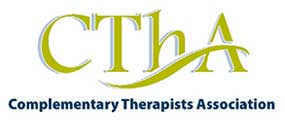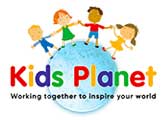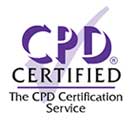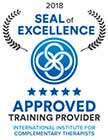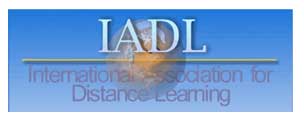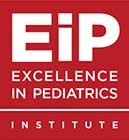
hands on babies baby massage stimulates many of your baby’s major internal systems and may aid his neurological and physical development.
The internal systems that baby massage not only stimulates but may also aid include:
Regular massage can also stimulate muscle development and tone and improve your babies mind and body awareness. Many babies who are massaged demonstrate better than average language and physical ability.
Baby massage can help with many common baby ailments that can cause great anxiety for both parents and babies. Research has shown that baby massage can alleviate many of the symptoms and pain associated with:
Baby massage has been shown to help babies and parent relax and become less stressed. Many parents believe baby massage has helped their baby attain the following:



